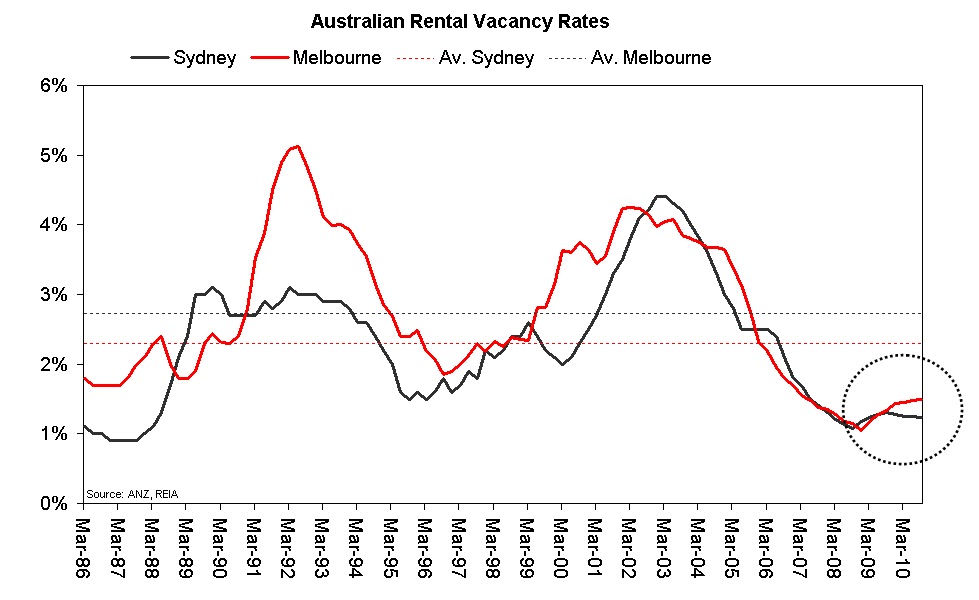Hi,
Being new to the property game, I was wondering what experienced Investors have seen in the past during times when the property market turns. I'm interested in all factors.
I'm just curious as to what happens in the past, is it storm of bad news. e.g. higher interest rates, low rental yields, high unemployment all at once? or is this less likely to happen.
During downturns, which properties tend to drop the most A,B or C Grade? Near CBD or far from CBD?
Reading some posts make it seem like it will be bad, but has it really been bad in the past for Sydney anyway? Or is it generally flat for 10 years?
I ask this as I'm keen to get into the Sydney market with a long term hold view (I know most people here don't recommend it but I'm not comfortable investing in another state since it will be my first IP and not sure if I want to wait 10 years to jump in) and just want to prepare myself with buffers so that I do not overcommit so I am still able purchase another property when the market turns.
Apologies in advanced as I know it may sound like I may be all wrong but that's why I thought I'd ask here to get a better understanding.
Thanks
Being new to the property game, I was wondering what experienced Investors have seen in the past during times when the property market turns. I'm interested in all factors.
I'm just curious as to what happens in the past, is it storm of bad news. e.g. higher interest rates, low rental yields, high unemployment all at once? or is this less likely to happen.
During downturns, which properties tend to drop the most A,B or C Grade? Near CBD or far from CBD?
Reading some posts make it seem like it will be bad, but has it really been bad in the past for Sydney anyway? Or is it generally flat for 10 years?
I ask this as I'm keen to get into the Sydney market with a long term hold view (I know most people here don't recommend it but I'm not comfortable investing in another state since it will be my first IP and not sure if I want to wait 10 years to jump in) and just want to prepare myself with buffers so that I do not overcommit so I am still able purchase another property when the market turns.
Apologies in advanced as I know it may sound like I may be all wrong but that's why I thought I'd ask here to get a better understanding.
Thanks

